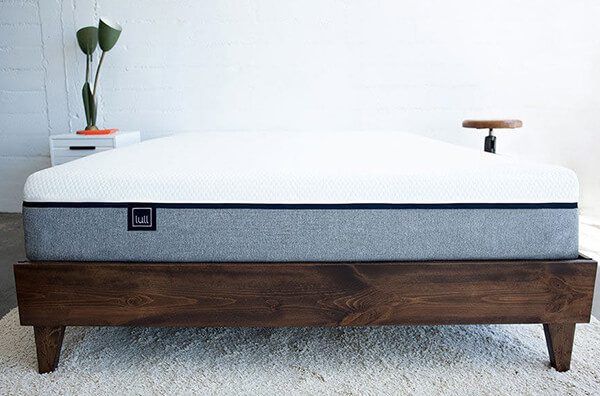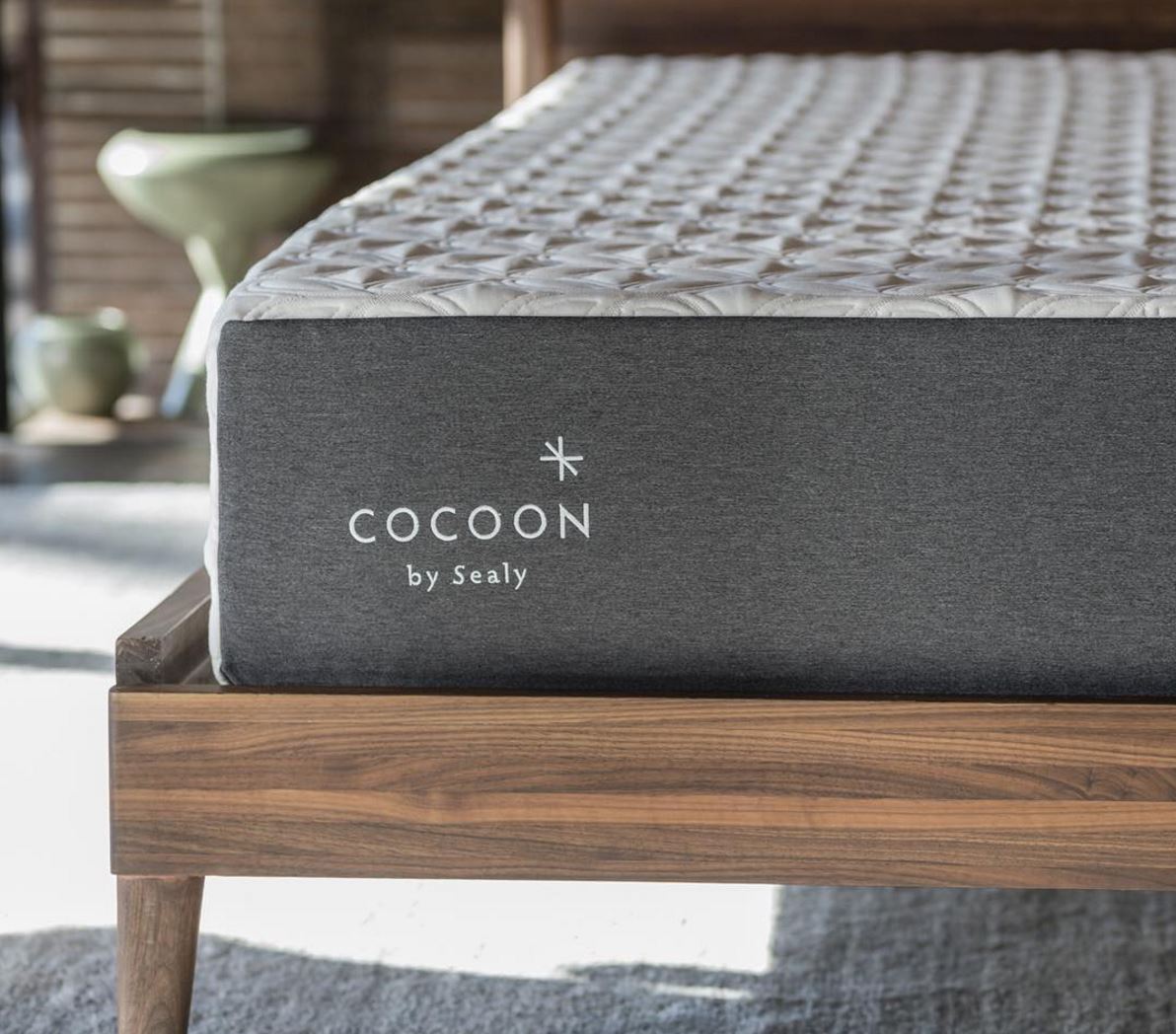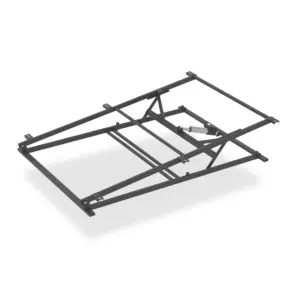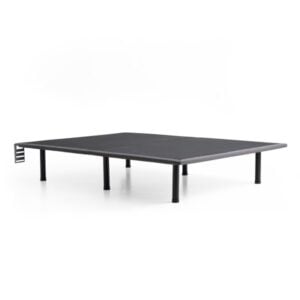Back to Basics: How to Sleep on Your Back Comfortably
Why Back Sleeping is Important
If you’ve ever pondered how to sleep on your back, you’re in good company. Back sleeping, or the supine position, is not just a preference—it’s a choice that can enhance your physical and mental health. Getting comfortable in this position can be a transformative experience, leading to improved sleep quality and well-being.
Quality sleep is the backbone of good health, influencing everything from physical condition to mental sharpness. Your chosen sleep position significantly impacts this equation. Yawnder, a renowned authority on sleep solutions, highlights that optimizing your sleeping posture can dramatically improve your health. My name is Ben Trapskin, the mastermind behind Yawnder, and my journey began in search of restful nights. Join me as we explore how to make back sleeping work for you.
Benefits of How to Sleep on Your Back
Sleeping on your back can unlock numerous health benefits that positively affect your everyday life. Here’s a closer look at these compelling advantages:
Spinal Alignment
One of the most pronounced benefits of back sleeping is optimal spinal alignment. This position keeps your spine in a neutral posture, helping to alleviate and prevent back and neck pain. A supportive mattress and pillow are essential. Research published in the Mayo Clinic Proceedings indicates that using a pillow under your knees helps maintain the natural curve of your lower back, enhancing alignment.
Reduced Wrinkles
If you’re concerned about skin health and wrinkles, sleeping on your back could be a wise choice. This position minimizes facial contact with your pillow, thereby decreasing the likelihood of developing sleep-induced wrinkles. A study in the Aesthetic Surgery Journal found that side and stomach sleepers are more prone to facial distortion, contributing to premature aging.
Relief from Tension Headaches
Misalignment in the neck during sleep can lead to recurrent tension headaches. Back sleeping can ease this issue, keeping your neck in a balanced position and lowering the risk of cervicogenic headaches. It’s a preventive strategy worth considering for headache sufferers.
Sinus Relief
For those battling sinus issues, back sleeping can provide much-needed relief. Slight elevation of your head while in the supine position can aid in draining sinuses and alleviating congestion, particularly beneficial during allergy season or colds.
Reduced Pressure Points
A significant advantage of back sleeping is the even distribution of body weight. This can help minimize pressure on various body parts, making it particularly appealing for individuals with chronic pain conditions. Reports from various studies confirm that this position allows for greater surface area contact, reducing pressure points and discomfort.
Alleviating Chronic Conditions
For individuals dealing with chronic conditions like arthritis or fibromyalgia, back sleeping can manage symptoms more effectively. By aligning the spine and reducing joint pressure, many find they wake up feeling refreshed rather than sore. Always consult a healthcare professional to tailor any sleep position to suit your specific health needs.
Mastering How to Sleep on Your Back
Transitioning to back sleeping may prove challenging initially, especially if you’re accustomed to side or stomach sleeping. However, with time and minor adjustments, you can achieve comfort in this position. Let’s explore effective strategies to facilitate this transition.
1. Support Your Knees
Placing a pillow beneath your knees significantly enhances comfort. This simple trick helps maintain the natural curve of your spine, providing extra knee and lower back support.
2. Choose the Right Pillow
Opt for a medium-firm pillow that adequately supports your neck without raising your head too high. The right pillow thickness is crucial for alignment.
3. Support Your Lower Back
If you experience discomfort in your lower back, try slipping a small, flat pillow under it for additional support. This technique can relieve pressure effectively.
4. Create a Pillow Barrier
If you are prone to rolling over at night, surround yourself with pillows. Position pillows around your torso and hips to create a spacious barrier that keeps you on your back.
5. Optimal Pillow Placement
Proper pillow placement is essential. Here’s a brief guide:
– Under Knees: Helps with spinal alignment and reduces lower back pressure.
– Under Lower Back: Adds support where it’s most needed.
– Around Body: Keeps you securely in a supine position.
6. Invest in a Supportive Mattress
A medium-firm mattress is ideal for back sleeping. It should contour to your body’s curves without compromising support. Selecting the right mattress can significantly improve your comfort levels.
7. Practice Gradual Transition
Transitioning to back sleeping won’t happen overnight, so practice patience. Start by lying on your back for a few minutes each night, then gradually increase the duration. Consistency is vital.
Overcoming Common Issues
While back sleeping has numerous benefits, it may present some challenges. Let’s delve into these common issues and their solutions.
Discomfort
Discomfort is a frequent complaint from those new to back sleeping. Often, the root cause lies in inadequate mattress and pillow support. If your mattress is older than eight years, consider upgrading to a medium-firm option that contours appropriately. Similarly, if your pillow has lost its shape, it’s time for a replacement.
Heartburn Management
Individuals with heartburn may find back sleeping uncomfortable. Elevate your upper body with a wedge pillow to help alleviate symptoms. Additionally, be mindful of your last meal before bed; opt for lighter, non-spicy foods to minimize discomfort.
Snoring and Sleep Apnea
Those with snoring issues or obstructive sleep apnea (OSA) often find exacerbations when back sleeping. Experimenting with head elevation can mitigate this problem. If symptoms are severe, consider consulting a professional for alternative sleep positions.
Pregnancy Considerations
Pregnant individuals, especially in later stages, should avoid back sleeping, as it may hinder blood flow to the fetus. Side sleeping, particularly on the left, enhances circulation and comfort.
Tips for a Better Sleep Environment
Creating the perfect sleep environment can significantly enhance your ability to sleep on your back comfortably. Here are several practical tips:
– Consistent Schedule: Maintain a regular sleep schedule to regulate your internal clock.
– Calming Evening Routine: Engage in relaxing activities—like reading or stretching—to signal to your body that it’s time to wind down.
– Herbal Tea: Consider a soothing herbal tea before bed to help promote relaxation.
– Dark Room: Ensure your sleeping space is dark using blackout curtains to minimize disruptions.
– Comfortable Temperature: The ideal sleep temperature ranges between 60-67°F (15-19°C).
– Limit Screen Time: Avoid screens at least one hour before bed to foster better sleep quality.
Frequently Asked Questions about How to Sleep on Your Back
Why is it so hard to sleep on my back?
Difficulty in sleeping on your back often stems from discomfort or improper pillow placement. Consider investing in a supportive mattress and the right pillow.
What is the healthiest sleeping position?
The healthiest position varies per individual. Generally, back sleeping and side sleeping are recommended based on specific needs, such as sleep apnea or pregnancy.
Where should I place my arms when sleeping on my back?
Keep your arms by your sides or on your stomach or chest to prevent numbness. Adding small pillows can offer additional comfort.
Conclusion
At Yawnder, we understand the paramount importance of quality sleep for your overall health. That’s why we’ve curated the best sleep solutions to help you achieve your ideal night’s rest. Our expert evaluations ensure you find mattresses and pillows that provide outstanding support for back sleeping.
Investing in a high-quality mattress is crucial for maintaining spinal alignment, while the right bedding can enhance your overall sleeping experience. Plus, shopping with us is hassle-free, with direct-to-door shipping and easy returns.
By adhering to these tips and leveraging our specialized products, you can confidently train yourself to sleep on your back comfortably and reap all the associated benefits. Remember, a good night’s sleep isn’t merely a luxury—it’s essential for a healthy life. Explore our range of sleep solutions today and take the first step towards revitalizing your sleep.



















